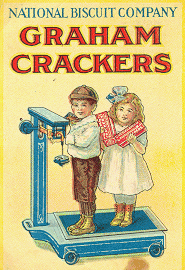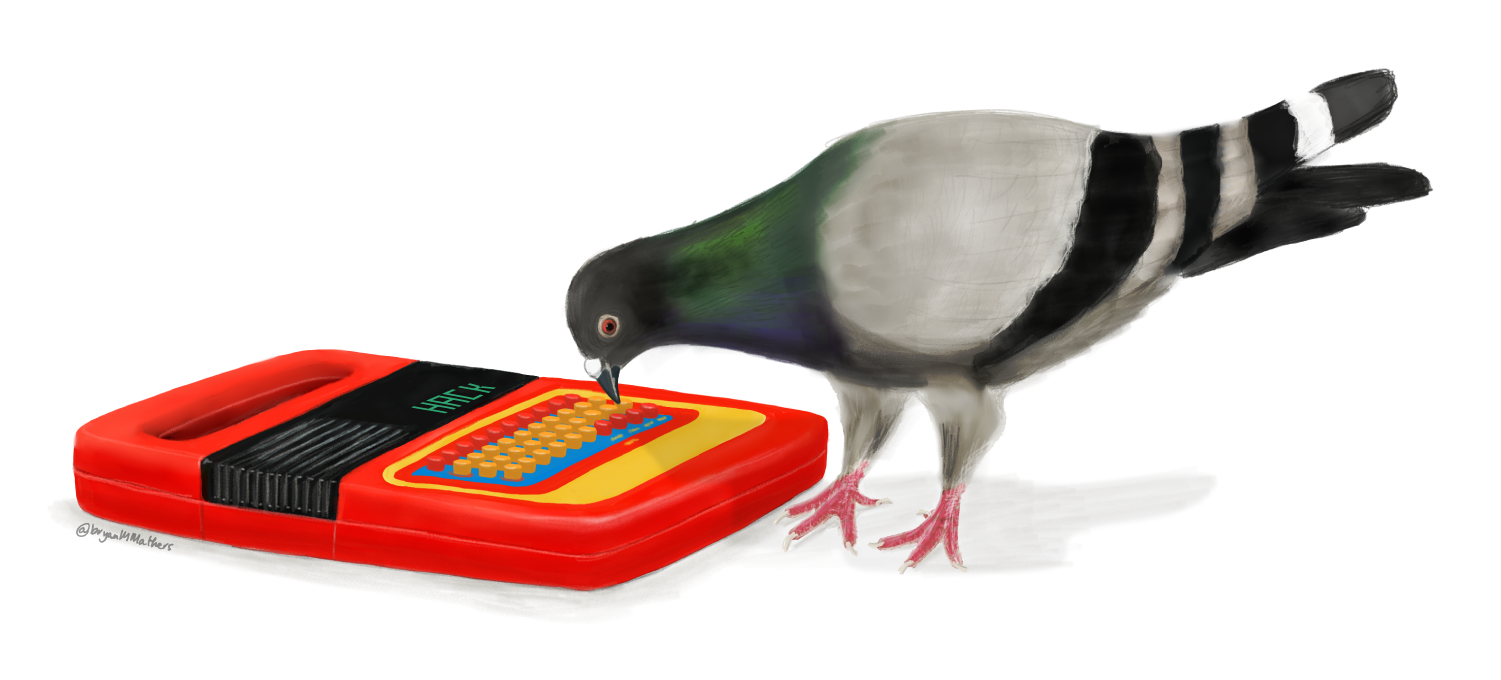Granola: A History
Arguably, the original "wellness influencer" breakfast
The history of granola, like the history of breakfast cereal in general, can be traced to the nineteenth-century wellness movement and — unlike some of today's anti-carbs fads — to an embrace of the health benefits of whole wheat. (Whole wheat flour, ground coarsely, was known as “graham flour” — named after Sylvester Graham, a minister and health reformer, “the father of vegetarianism” in the US, and of course the eponymous graham cracker.)

James Caleb Jackson was a physician who ran the Our Home spa in Danville, New York. He prescribed "customized bathing regimens" for his patients, along with a grain-based vegetarian diet. A fan of graham flour, Jackson experimented with a number of concoctions before stumbling upon one in 1863 that "worked" for the morning meals he prescribed:
The new product emerged when Jackson baked a mixture of whole wheat and water in a slow oven until it became brittle and wafer-like. He broke up the mass, returned it to the oven, then ground the hard, twice-baked wheat nuggets until they were the size of small peas. He baptized the invention Granula, Latin for "little grains." — Abigail Carroll, Three Squares: The Invention of the American Meal
As Carroll notes, Granula was marketed as a simple breakfast — one that didn't require cooking or re-heating. "Granula was 'ready for immediate table use.' In reality, it was only ready for immediate table use if the 'wheat rocks,' as critics liked to call the granules, were submersed in milk prior to consumption. The minimum soaking time was twenty minutes, but it became standard practice to let the nuggets slowly absorb milk overnight."





